What Is Education Marketing?
Education marketing is marketing geared specifically towards the higher education market. High school graduates are no longer looking at college as a necessity and college enrollment numbers are dropping. It’s critical for colleges and other educational institutions to develop effective marketing strategies that solicit the attention of potential students.
The world of higher education marketing is morphing into a completely new species.
Its constantly changing form has affected student opinions of further study and how they engage with individual institutions.
Not surprising, really, considering college no longer has the high-brow draw of yesteryear and instead conjures up images of unrealistic student loans and a world of debt.
Going to college is no longer a must-do, and more and more institutions are having to put themselves out there to grab the attention of potential students.
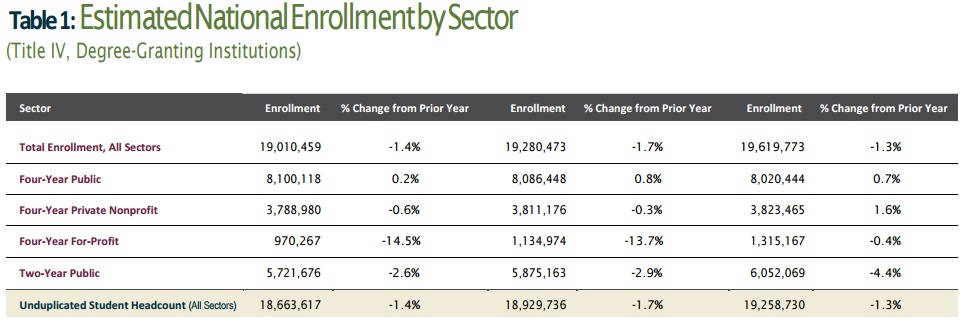
Why? Because, according to research, higher education institutions are facing a big decline in student enrollment.
Today, there are two things on the minds of colleges: get more students and increase student engagement.
Which means marketing has emerged as a vital must-do in order to attract prospective students and build a brand.
Because yes, higher ed marketing is absolutely necessary to bolster enrollment numbers, but it’s also important for brand creation and making sure a brand is visible, engaging, and credible.
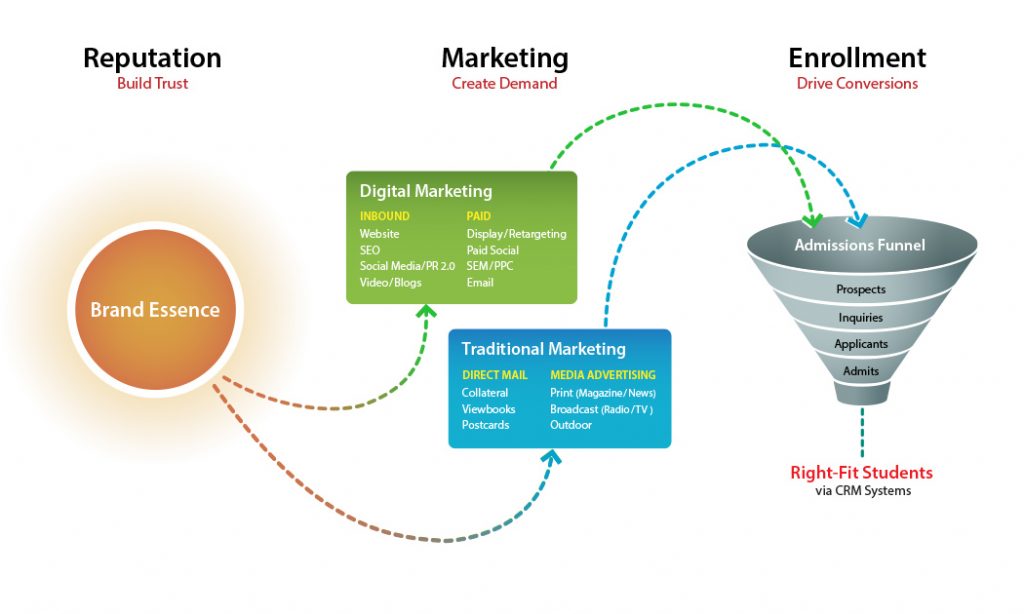
So with that out of the way, let’s take a look at the top trends in higher education marketing set to hit this year.
[banner_link_cta text=”Try the Best UGC Platform for Higher Education” link=”https://www.tintup.com/industries/education”]
1. Social Influencers to Share School Moments
Influencer marketing is a huge deal at the moment (if you didn’t know that, we’re guessing you’ve been living under a rock or hiding away in the Amazon jungle).
But it doesn’t just refer to nabbing household name celebrities and getting them to promote your product to their millions of adoring fans.
It can also mean leveraging social savvy students and encouraging them to share their experiences.
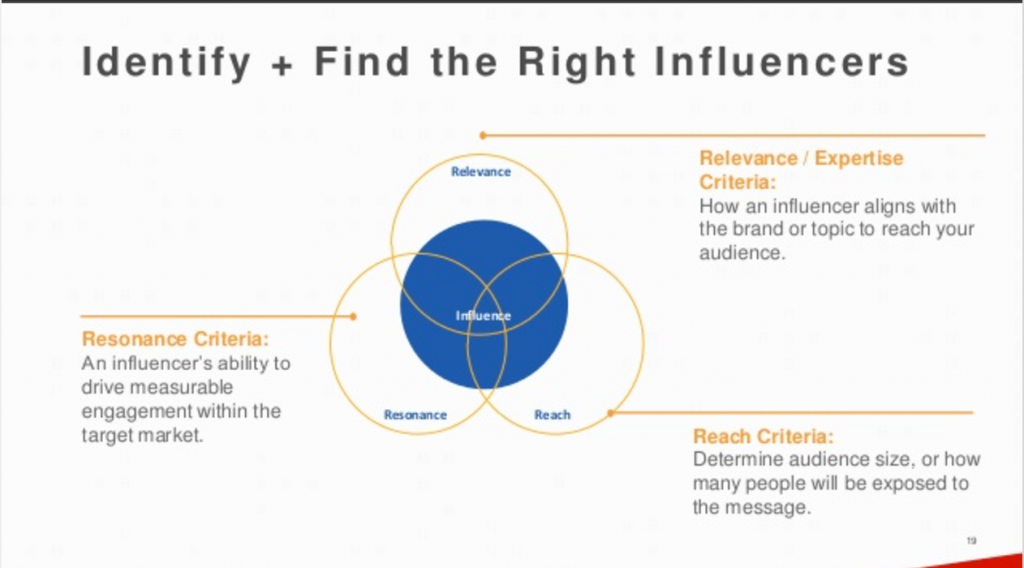
There are two key ways that influencer marketing can be mega-beneficial to higher education institutions:
- You can easily create content that’s geared towards a select segment of your student body and recruit an influencer to help promote it.
- You can bring tech-savvy students aboard and hand over screen control to those who can instantly relate to your target audience because, well, they are the target audience.
Let’s take a look at this in action.
University of Colorado student Nicole Lloyd posts about her life in Boulder on Instagram, with many of her photos featuring campus life.
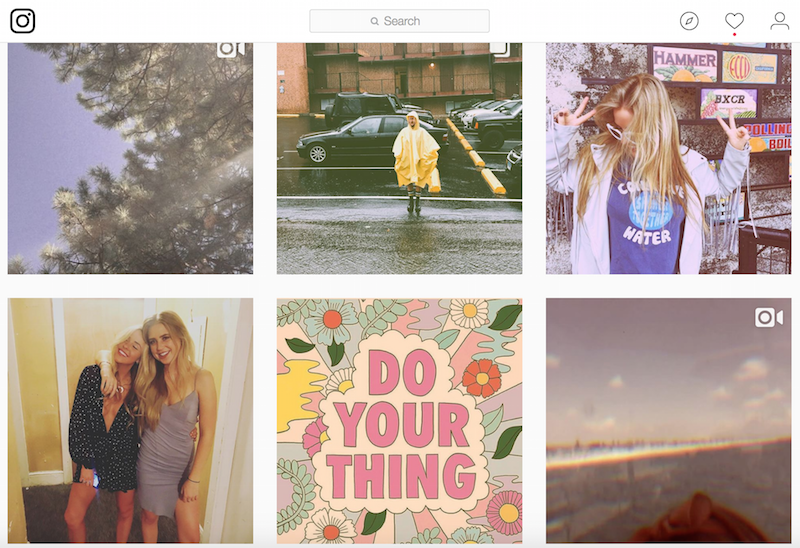
How to Leverage Influencer Marketing:
Check out your student’s social media (not in a creepy way – avoid accidental likes on random posts, please!) and determine who the most socially involved are.
Look for those who are in lots of clubs and have a large-ish social media following.
Now think about a mutual back-scratching situation: could you ask them to be the face of your brand for a short while?
How about getting them to share their student experiences with others, or live stream their day through Facebook?
2. Video Marketing to Create Emotive Stories
Marketing needs emotion to work. Fact.
Whether it drives people to feel happy, sad, scared, or angry, it needs to make them feel something.
And video is the perfect way to do this.
Let’s look at the stats:
- 45% of people watch over an hour of Facebook and YouTube videos each week
- Marketers who use video grow revenue 49% faster than those who don’t
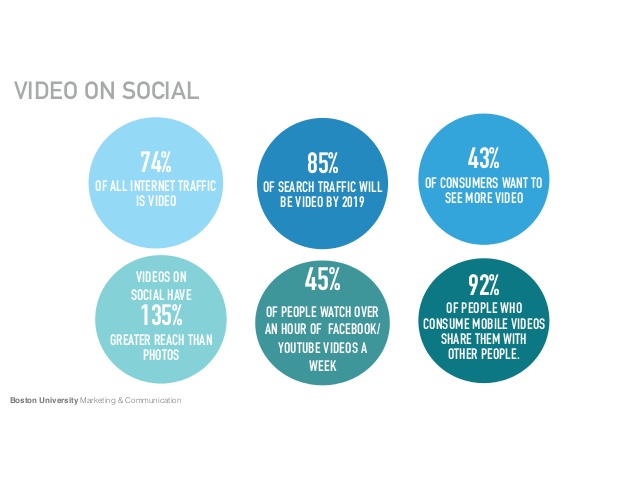
It’s a win-win tactic for both institutions and students: the students get more videos to scroll through on social media, while the institutions grow their enrollments and revenue.
But simply putting out videos for the sake of it will get you nowhere fast.
You want to be looking at the sentiment behind why video is so powerful, and it all boils down to a little magic trick called storytelling.
The saying a picture is worth a thousand words has stuck around so long for a reason. Visuals are incredibly powerful, but how can you integrate them into your strategy?
How to Leverage Video Marketing and Storytelling:
Try creating videos for major yearly events, like move-in day, campus festivals, and commencement to give prospects a first-hand insight into what life is like on campus.
Use real stories from real people to give your videos more power.
The best part? These days you don’t need a load of fancy equipment and a full-stack editing team, you can simply wave a smartphone around to capture the good stuff.
3. User-Generated Content for Social Proof and Reach
Word-of-mouth recommendations might feel like a dying breed, but in fact they’re evolving to align with the digital landscape.
By bringing content from former-students into the eye-line of future prospects, you’re essentially tapping into the word-of-mouth trend.
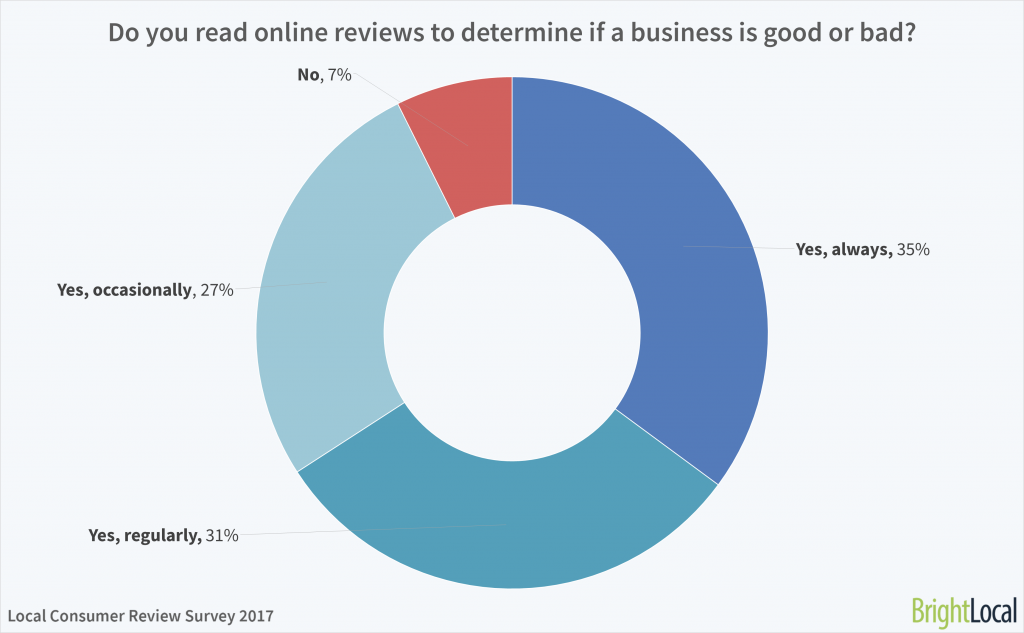
According to research, 70% of people trust online peer reviews and recommendations more than professional content and copy, and 72% of brands believe that shared UGC helps them engage their audience, tying into the whole brand-building side of higher education marketing.
This year, we’ll see more universities pimping out content created by their students to create a community around their brand.
How to Leverage UGC:
Create a hashtag that students can use to bring together their experiences in one place. You can then publish their Tweets and Instagram posts on your website and in marketing collateral to entice prospects.
Alternatively, you can do a big old UGC drive like Purdue University.
They raised over $28 million in 24 hours as part of their Annual Day of Giving.
How did they do that?
They leveraged the power of UGC and integrated TINT onto their site to create a community feel to the project. It resulted in over 32 million social impressions – a 190% increase from 2015.
[banner_link_cta text=”Try the Best UGC Platform for Higher Education” link=”https://www.tintup.com/industries/education”]
4. Creative Social Media Campaigns
Students today – and people in general – have incredibly short attention spans.
For Gen Zs, we’re looking at around eight seconds (which, if you didn’t know, is shorter than a goldfish’s attention span).
This has translated into a serious case of multitasking over a smattering of different channels and devices.
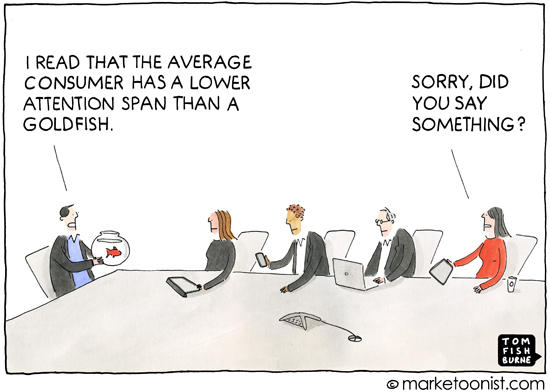
So, to cut through the sheer noise of stuff this generation are consuming, you need to get to the point – and quickly!
Multi-channel marketing campaigns are the way forward but, more than anything, higher education institutions need to get creative if they want to stand out.
How to Leverage Creative Social Media Campaigns:
First things first, use the platforms where your prospects are hanging out.
According to research, the majority of the Gen Z population prefer to use Snapchat and Instagram, two very visual and ephemeral channels.
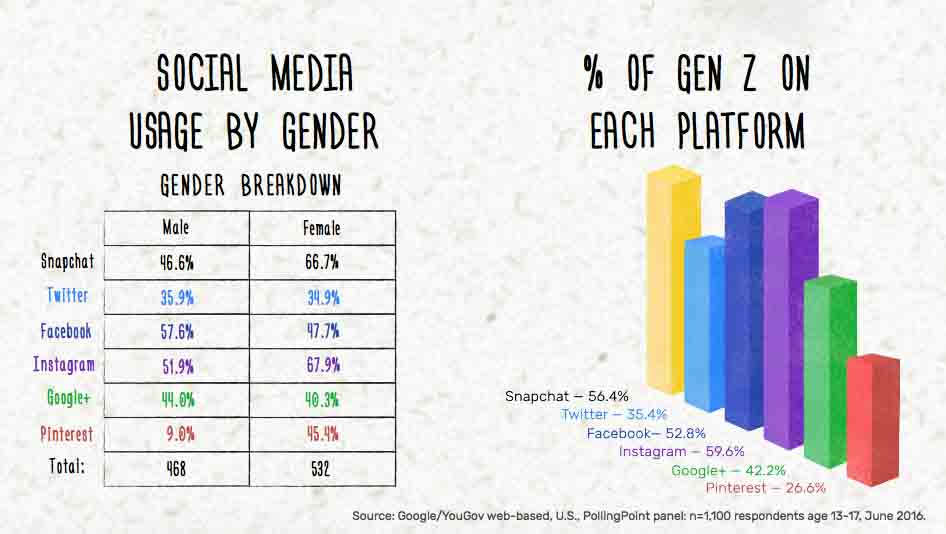
Then start thinking outside the box: could you integrate virtual reality into Facebook live streams? How about using Snapchat Spectacles to show off campus tours or implementing Snapchat geofilters on campus visits?
Whatever you decide to do, make sure the outcome helps prospective students. They should always be at the front of your mind.
5. Mobile-First Marketing
If you asked your students to list five things they couldn’t leave the house without, we know exactly what would be at the top of the list.
Have you ever seen a student in the wild who wasn’t glued to their smartphone?
Which means, if you want to reach prospects where they’re most comfortable, you need to be implementing your marketing strategies on mobile before desktop.
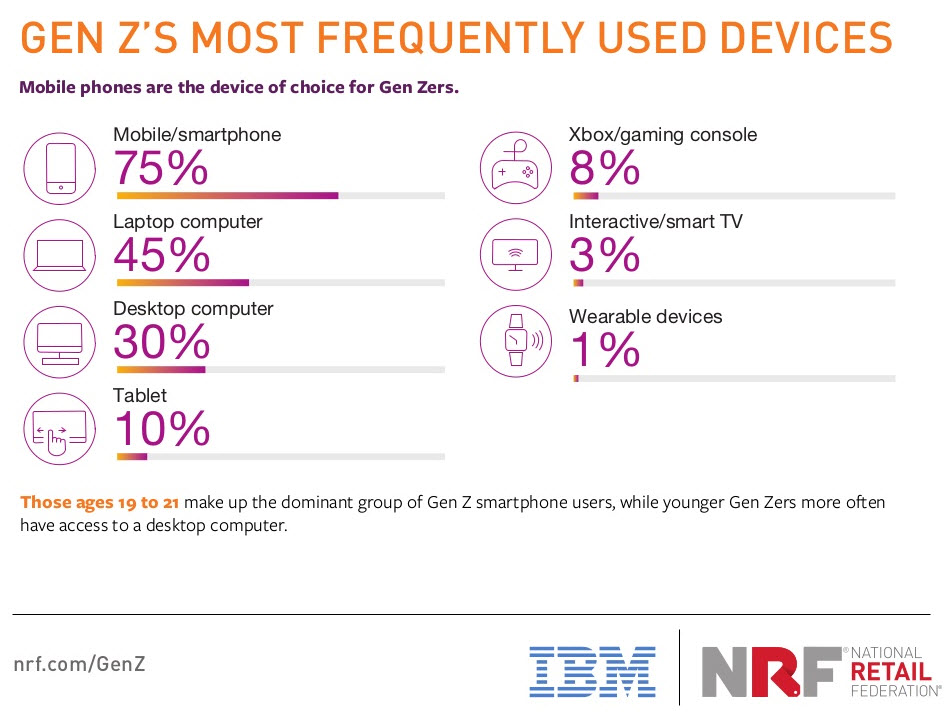
Lookie here – a whopping 75% chose mobile as their go-to device, while only 30% chose a desktop computer.
Taking it further, research has shown that 49% of average smartphone users on campus have acted on an ad they’d come across on their mobile, while three-quarters of Gen Zer’s reported making purchases from their handheld devices.
The conclusion: mobile is big. And important.
Because of their handheld nature, higher education institutions will be implementing more geo-targeted ads that reach prospects and students wherever they are over the next year.
How to Leverage Mobile-First Marketing:
They key here is to consider what every campaign will look like on mobile.
Think about using rich media advertising that allows audio and video to catch the eye and garner attention.
For general design and branding, this means considering basic interfaces and flatter designs that stand out on mobile, and a user experience that is geared towards the tap-friendly generation.
If you’re thinking about serving ads, run them on platforms that students use the most on their phones, like Snapchat, Spotify, and YouTube.
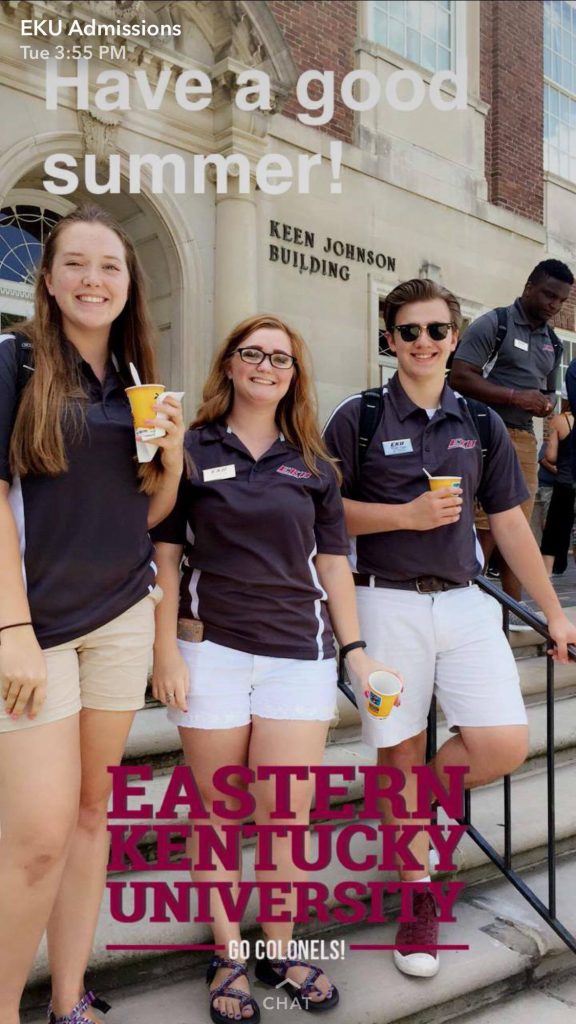
6. Augmented Reality to Create Unique Experiences
Remember how huge Pokemon Go was?
It seemed like everyone was trying to “catch them all” for a short time. And this is precisely the power augmented reality has.
As opposed to creating new worlds entirely like virtual reality, augmented reality lets you lay new worlds over existing ones.
In the next year, we can expect to see higher education institutions tapping into this trend and creating games and stories that overlay real-life campus scenes in an attempt to engage students and attract new prospects.
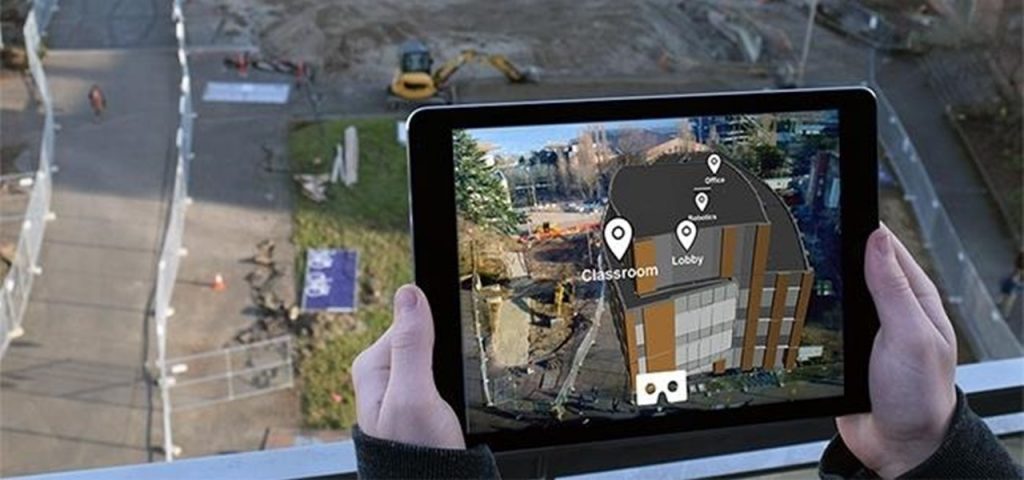
How to Leverage Augmented Reality:
Now, we’re not saying you need to go out and create a completely new app. Instead, think about how you can integrate augmented reality to create unique experiences for your audience.
Maybe you could provide virtual campus tours with augmented reality offering visuals and information along the way? Or how about an interactive campus map with a gamification twist?
7. Live Streaming to Build Connections In-the-Moment
The ability to connect with potential students in-the-moment is a real step forward for higher education institutions.
Imagine it: it’s almost as close as you can get to chatting with them face-to-face.
A.k.a. It’s invaluable and will only become bigger as more and more people crave closer connections with brands.
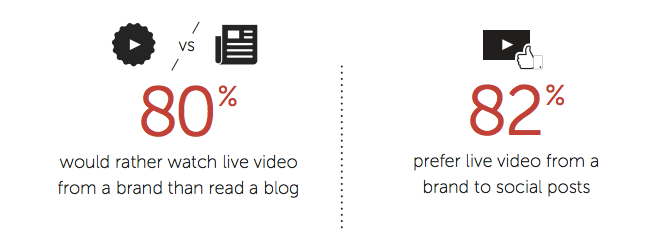
According to research, 80% of audiences would rather watch live video from a brand rather than read a blog post, and a further 82% prefer live streams to social posts.
The numbers don’t lie.
How to Leverage Livestreaming:
One of the best places to use livestreaming is at events.
Start making a list of all the events you have on campus and get in touch with the departments that host them. Make sure you – or an influencer – is there to capture the goings-on live, so prospects can see campus life in real-time. That’s pretty cool.
Miami University has taken this idea and run with it, creating livestreams of music performances taking place at their Frost School of Music.
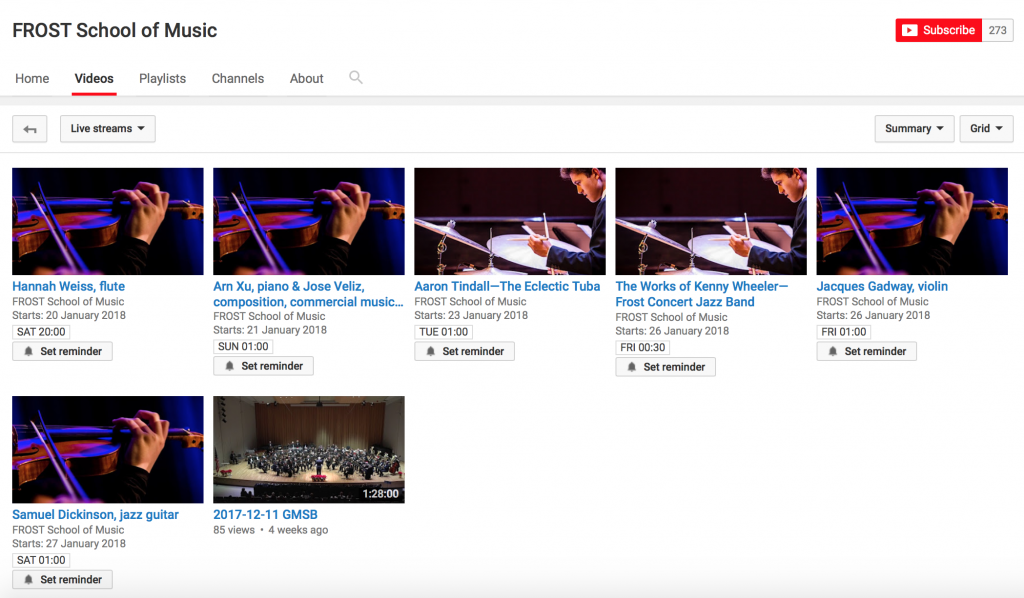
8. Email Marketing Segmentation for More Personalized Experiences
Personalization is set to be big over the next year in every industry – and it makes sense.
People want to feel wanted.
They want to feel like brands are speaking directly to them, and they don’t have the time to waste checking out unrelated content.
One of the quickest and easiest ways to provide a personalized experience is via your email marketing, with 74% of marketers confirming that targeted personalization increases customer engagement. (PDF)
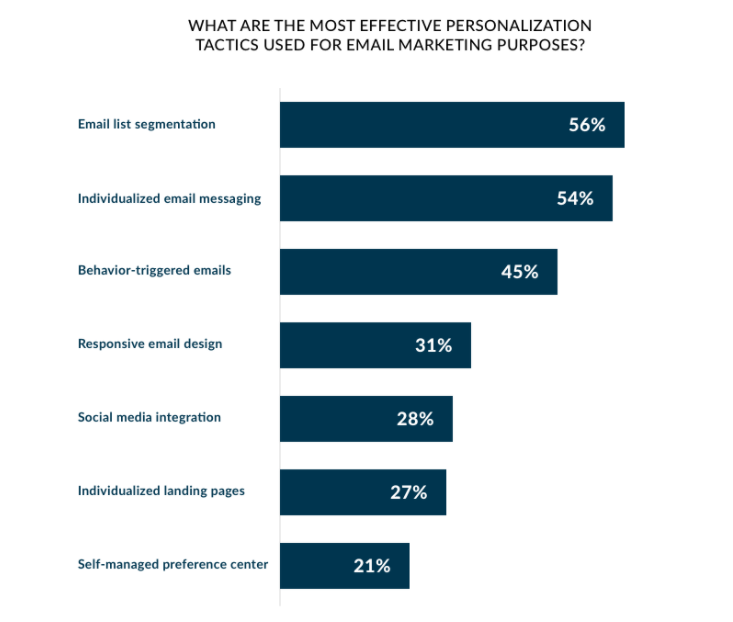
By using segmentation (just like The New York Times, which offers 30 different kinds of subscriptions covering a host of niche topics), you can deliver relevant content to the right people in order to build up rapport, trust, and credibility.
How to Leverage Email Marketing Segmentation:
Just follow in The New York Times’ footsteps.
Look at your student body and dissect the different segments. You might want to break things down by department, by major, by hobby, or life situation.
And then you can create content and write specifically to each segment. Sure, you’ll be speaking to fewer students at a time, but you’ll create deeper connections.
9. Measuring Analytics and Building on Results
Measuring analytics is a sore point for many marketers.
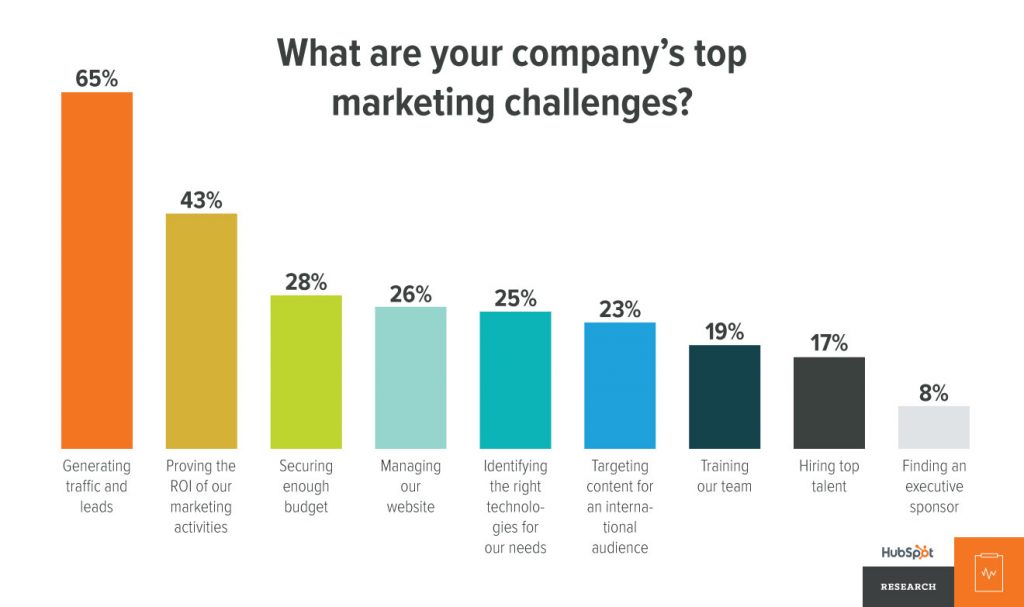
Today, marketing tools are cheaper and more accessible than ever, meaning we’re likely to see a rise in the number of higher education institutions that are turning to their data and drawing deeper conclusions from it.
If you’re not measuring every aspect of your marketing strategy already – you’re missing out, and it’s likely you’ll get left behind (and no one wants to finish last!).
How to Leverage Measuring Marketing Analytics:
Now that the tech for analyzing marketing efforts is getting cheaper by the day, you might want to hire an analyst to go through the data you have.
From the results they pull out, you can then use insights to create even better, more aligned marketing strategies that can only get more successful the more you listen to what’s working and what isn’t.
10. Micro-Moment Blogging to Answer Key Questions
Yes, video is a must, but written content is absolutely still a thing.
Especially when it comes to higher education institutions, because 64% of college prospects would rather read a college’s website content than watch a video delivering the same message.
Sound counterintuitive?
The key is to get video and text working together in tandem because, naturally, there are some areas where video is absolutely necessary, while others are best suited to text content.
Where does the text part come in?
This is where you can tackle the key terms and common questions prospects and students have. These are the things they’ll be Googling, and we’ll see more and more institutions creating blog posts and written content that answer some of the most overlooked queries.
How to Leverage Micro-Moment Blogging:
Consider what students and prospects search for in Google.
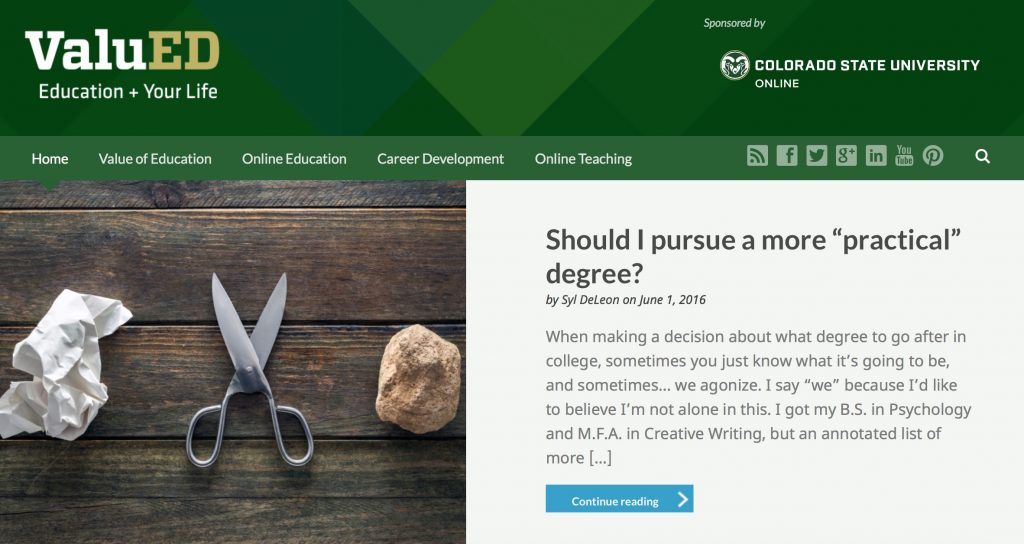
Tear your mind away from the most common queries, and instead focus on the more niche, specialized questions they might have, like:
- What is daily life like on X campus?
- What communities are there based around writing and literature at X university?
- How can I find people to share accommodation with?
If you haven’t already answered these kinds of questions in detail, start forming a content schedule that hits them right on the head.
The Future of Higher Education Marketing is Exciting
The marketing world is constantly changing and, for higher education institutions, this means staying on the ball or potentially missing out on new students.
With the drop in enrollment numbers and the growing need for students to connect and engage with universities, it’s easy to see why marketing tactics like livestreaming, User Generated Content, and augmented reality will continue to grow.
These methods allow students to create deeper, more meaningful connections with institutions and build up a bigger picture of what life on campus is like before they enroll.
Ready to leverage these marketing trends for your institution? Speak to an expert at TINT for a free a Strategy Session!




